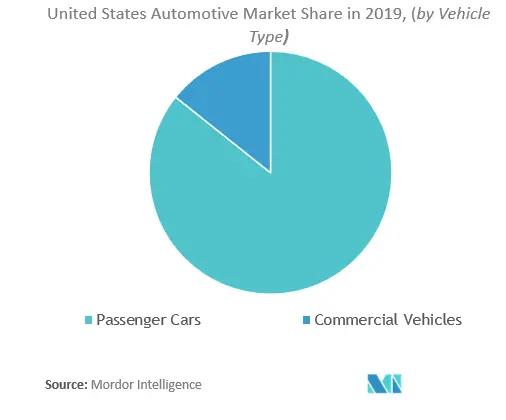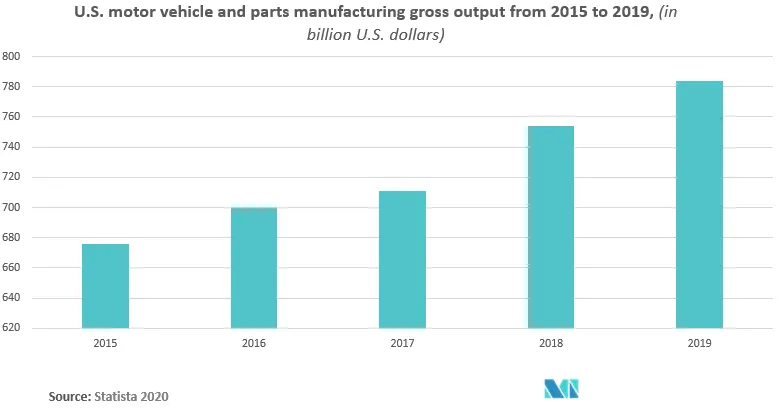Market Trends of United States Automotive Heat Exchanger Industry
This section covers the major market trends shaping the US Automotive Heat Exchanger Market according to our research experts:
Growing Electric Vehicle Sales Boosting the Demand for Heat Exchangers
The sales and the production of the electric vehicles are further expected to witness a phenomenal growth rate, with many countries trying to achieve the zero-emission standards. Many economies around the world are aiming to eliminate pollutants from the vehicles by completely removing fossil fuel vehicles from the roads. The United States plans to have 100% zero-emission electric-powered vehicles on the way by the end of 2040.
To make this a possibility, the government is offering many incentives to the customers opting for electric-powered vehicles. The customers of electric cars are expected to get additional benefits, such as price subsidies, free parking, and tax exemptions, etc. In contrast, the buyers of regular vehicles are being levied heavy taxes. With further incentives from the regulating authorities and the availability of better electric cars, the sales are further expected to grow up in the country.
Stringent emission norms in the region have enabled it for a technological breakthrough in the production of fuel-efficient automotive heat exchangers. One such popular emerging trend apparent in the Market is the decline in the engine size of the vehicles, leading to the increased demand for two and three-cylinder engines. The sales of four-cylinder engines are expected to fall significantly, with the increased stringency of emission norms (since vehicle weight is directly proportional to the emission released). The increasing demand for small-sized automobiles will affect the demand for turbochargers, which would again propel the demand for heat exchangers, leading to the growth of the country's automotive heat exchanger market.

The United States is Leading the North American Heat Exchanger Market
Demand for passenger cars and LCVs in the United States is expected to grow during the forecast period, leading to high demand for automotive heat exchanger units in the United States. With the country offering many additional incentives to the ZEV's buyers and the strong motive of the alliance, the share of the electric vehicles is expected to grow rapidly in the United States. It has helped significantly in the growth of the Unites States automotive heat exchanger market.
The automotive heat exchanger manufacturers in the United States have started to invest heavily in the lightweight automotive material (such as aluminum), which is expected to significantly enhance the demand for automotive heat exchangers in the region. However, the availability of the critical raw materials has posed a significant concern in the Market, raising pricing concerns in the competitive and price-sensitive heat exchanger market. There was a shortfall in the supply of copper for the fifth consecutive year at the beginning of 2015. In the aluminum market, financial transactions such as the purchase of physical quantities, storage of these stocks in warehouses (owned by the London Metal Exchange), and simultaneous sales of the same in the Market posed a challenge. The shortage of any raw material results in price hikes and attempts have been made to address this issue through the use of alternative materials.
Therefore, automotive heat exchanger manufacturers continuously remain under pressure from OEMs with regard to the pricing of the automotive heat exchangers, making them extremely sensitive to fluctuations in the raw material prices. Also, fouling mitigation mechanisms, when devised in an automotive heat exchanger, further add to the cost of manufacturing automotive heat exchangers. Although managing costs while meeting the increased product complexity is a significant challenge for automotive heat exchanger vendors.


